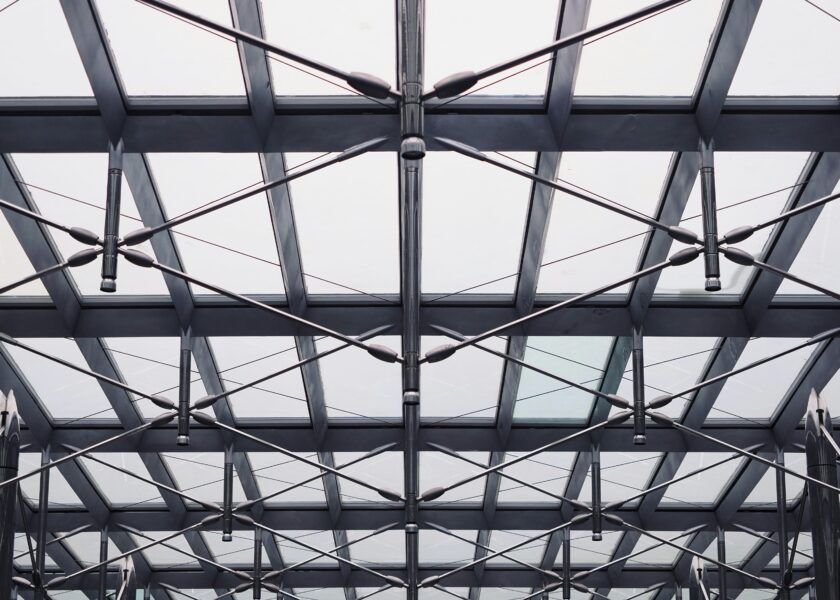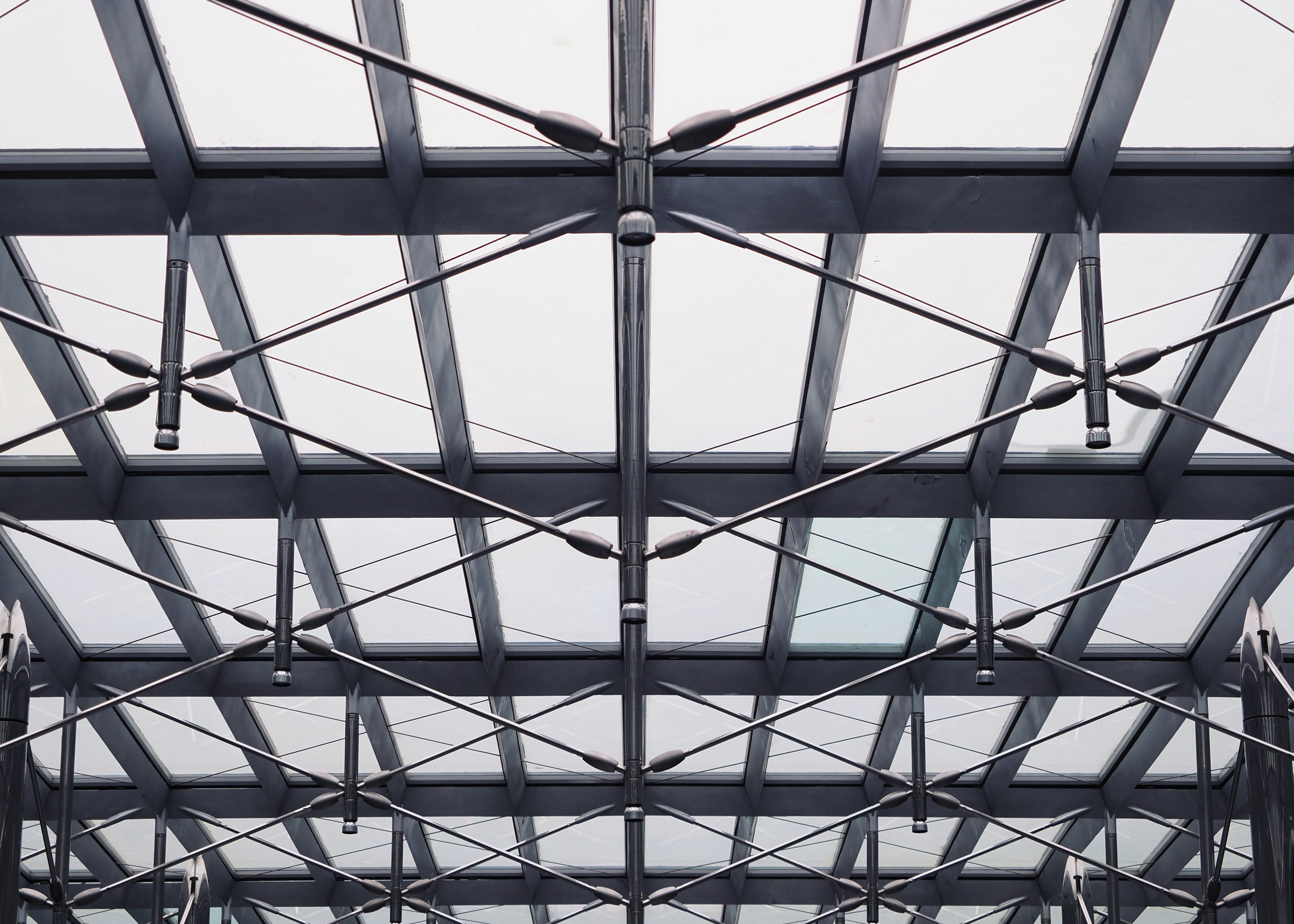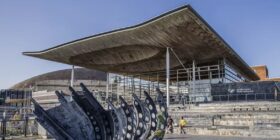How Steel Fabrication is Revolutionizing Sustainable Architecture

In today’s world, the call for eco-friendly building solutions is more urgent than ever. With growing awareness of environmental issues, architects and engineers are embracing innovative construction methods. One such advancement gaining traction is prefabricated metal structures. This approach is not only changing how buildings are constructed but is also making a substantial impact on sustainable architecture. But what exactly makes fabrication so influential in this space? Read on to know more.

Steel’s Role in Modern Construction
Steel fabricated buildings have long been a preferred choice for construction due to their strength, resilience, and versatility. They are used in everything from towering skyscrapers to industrial warehouses. Beyond these well-known benefits, however, steel-fabricated structures are also recognized for their sustainability.
Unlike traditional materials, metal can be recycled easily, reducing the need for new raw materials. Many components are made from repurposed material, conserving energy and natural resources. Additionally, because the fabrication process often occurs off-site, less waste is produced on the construction site itself, further supporting environmentally conscious building practices.
Lowering Carbon Footprints with Steel Fabrication
Metal structures address one of the biggest challenges in the construction industry: the high carbon emissions generated by traditional building methods. These methods often involve heavy energy consumption in producing, transporting, and assembling materials. Fabrication offers a solution.
The process requires precise cutting and shaping, minimizing energy use. This efficiency results in a smaller carbon footprint for the entire project. Additionally, many metal structures are designed to be energy-efficient, incorporating insulated walls and reflective roofing. These features reduce energy consumption over time, making the building more sustainable throughout its lifespan.
Efficient Use of Materials
Have you ever thought about how much waste is generated during construction? The numbers are staggering, and much of it ends up in landfills. Fabrication, on the other hand, drastically reduces this waste.
Metal is crafted to proper specifications, minimizing excess material. Any leftover material can be recycled for future use, ensuring minimal waste. This efficiency reduces environmental impact and helps lower costs for developers and contractors.
Durability and Longevity of Steel Structures
One of the primary reasons metal structures are becoming increasingly popular in sustainable architecture is their durability. Metal is resistant to fire, pests, and extreme weather, making it a long-lasting building material. This durability reduces the need for frequent repairs and renovations, reducing the demand for additional resources over time.
Moreover, its strength allows the construction of more significant, more open spaces using fewer materials, supporting sustainable design principles. Fewer materials mean fewer resources are needed for construction, which further promotes eco-friendly building practices.
Design Flexibility in Steel Fabrication
One key component of sustainable architecture is flexibility. As building needs evolve, having a structure that can be modified easily is a considerable advantage. Steel fabricated buildings offer this type of adaptability.
As a versatile material, metal allows for various architectural designs and structural changes over time. Need to expand a space or add new energy-saving technology? Metal makes this process far more accessible compared to traditional materials. Whether incorporating solar panels or energy-efficient HVAC systems, metal structures provide the flexibility to integrate these systems seamlessly, ensuring that buildings can evolve with changing sustainability goals.
Steel Fabrication: Shaping the Future of Construction
As the demand for greener architecture grows, the importance of fabrication will only increase. Its ability to reduce waste, lower emissions, and offer flexible, durable designs makes it essential for the future of construction. With ongoing technological advancements, metal fabrication will continue to evolve, playing a pivotal role in everything from energy-efficient homes to large-scale commercial projects, shaping the future of sustainable building.
Steel fabricated buildings are revolutionizing sustainable architecture by reducing waste, lowering carbon emissions, and offering long-lasting durability. Their adaptability ensures they can meet evolving sustainability needs, making them a key player in the future of eco-friendly construction. As technology advances, steel structures will continue to lead the way in building a greener, more sustainable world.
Spotted something? Got a story? Send a Facebook Message | A direct message on Twitter | Email: [email protected] Latest News










